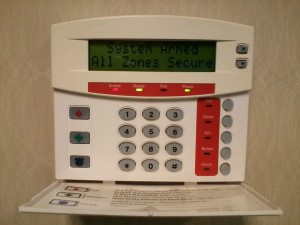
1. User Efficiency
To make entry easier and more efficient for staff and emergency personnel, some hospitals add features to the keypad’s capabilities. This goes beyond alpha-numeric keys, with buttons to summons emergency help and options to open or close doors to restricted areas. Determine the number and types of buttons to put on the keypad by consulting with potential users to make the system customized and efficient.
2. Indoor Security Checkpoints
When designing medical keypads, consider the environment. Make sure that your medical keypad manufacturer can supply liquid silicone injection molding with coatings for added protection. High traffic areas subjected to substances and moisture need coatings to increase the surface’s tolerance to chemicals and abrasion. When designing medical rubber keypads for security systems, make sure that the lettering is large enough and in contrast for good visibility. Choose a custom keypad manufacturer that uses durable silicone inks and laser marking to ensure that the graphics won’t wear off.
3. Outdoor Considerations
One of the most important features of an automated outdoor security system is that it must work in all types of weather. Security keypads are used in everything from exterior doors to the basement and roof to the building. Gated areas, such as emergency room bay door access and hospital staff parking areas, need to be usable from rain, sleet, snow and sunshine to chilly temperatures and windy conditions. Hospitals rarely close, so it’s important that emergency vehicles, staff and even patients have access to the checkpoint around the clock. Another vital option for these zones is the use of backlit rubber keypads. Their primary use is for darkness, but they also signify whether the security system’s checkpoints are receiving electricity.
4. Types of Functions
For emergency vehicles, access to a secure environment, such as the hospital’s garage or emergency entrance, requires special attention. Handheld remote controls are a consideration, especially for medical transport vehicles. Keys for entry and exit, as well as a bypass, arm and disarm features can also be added outside of the standard alpha-numeric buttons.
5. Emergency Services
When designing indoor and outdoor security checkpoints for hospitals and medical centers, keep in mind that some users will be wearing gloves. Extra spacing between the keys to prevent inaccurate touches can minimize false entries on security codes. Add panic alarms and override keys to provide additional protection for staff and patients in the event of an emergency situation.
When designing a security system rubber keypad or remote for medical facilities, consult with the custom rubber keypad manufacturer for best practices. They may have an application guide to assist with design and development for the right look, feel and performance.





